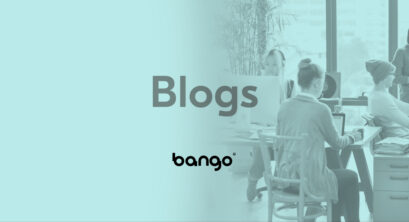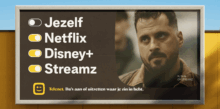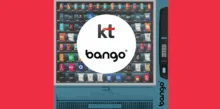Wearable tech and mobile payment: new possibilities
by Sukey Miller

Did you go to Mobile World Congress in Barcelona back in February? If you did, there’s a good chance that the show gave you your first glimpse of Google Glass ‘in the wild’.
Google Glass has the tech world hugely excited, but the devices themselves have been rare. Only 10,000 were initially released, as part of an “Explorer Program”, which Google hopes will inspire developers to build innovative apps for the platform. It’s clear that many of those ‘explorers’ made their way to Barcelona, as Bango saw dozens of Google Glass wearers at MWC 2014. The big news earlier this month was that Google Glass was made available to the general public, though Google slammed the door shut after a few hours.
We’ve enjoyed seeing Google Glass in use, and sharing ideas with our industry peers, as we begin to consider how “wearables” and Bango payment technology can combine to bring new meaning to the term “frictionless payment”.
Of course there’s much more to wearable tech than just Google Glass. A whole new category is emerging, with products including fitness trackers, connected jewellery, immersive wearable books, smart contact lenses and more. The idea is that our devices, our bodies, our behaviours and our gestures are merging, making a seamless bridge between our actions and a digital consequence. So for example we might walk around all day, while a tracker records the exercise, processes that data and then presents it back to us in handy charts. This central concept for wearable tech – connecting natural human behaviour and gestures to a connected, digital action – can be applied to the world of mobile payment, and fascinating new applications suggest themselves.
Bango envisions a world where payment is integrated into your experience, not something you stop and do. Imagine walking into a store, picking up a drink, and then walking out with it. Your wearable tech identifies the drink and authenticates you for payment, the act of picking up the drink triggers the checkout. Imagine being billed by the exact amount of time you spend consuming something, or the amount of time you spend somewhere. Perhaps you’re billed a fraction of a cent for reading a single page of a book in a bookshop, or billed a dollar for 22 minutes and 30 seconds in a museum.
Imagine payment by looking. In 2013 Google filed a “pay per gaze” patent: Wearable tech could allow users to build up credit by looking at adverts, then to spend their credit on goods. Imagine seamless price comparison while you’re standing in a mall, based on automatic recognition of the things you’re seeing. Imagine “blink to pay”. Or perhaps it’s the merchant wearing the tech. Imagine a shop assistant who greets you personally and can make recommendations based on your tastes, pulled from your “social graph” – the network of connections, interests and content in your social networks.
Or how about using wearable tech to enable innovative ways of tipping? The tech could observe a waiters’ service, waiting times and so on, calculate an appropriate tip and finally make the payment. The tech could access the waiters’ Amazon wish list, and buy him a perfectly chosen gift!
Google Glass is blazing the trail, but also proving that it won’t be plain sailing for wearable tech. Early users report that they’re constantly asked “are you filming this?” Some restaurant chains have even gone so far as to ban Google Glass. It’s clear that these new technologies will require new rules of etiquette if they’re to see widespread adoption.
Then there is the issue of “facial real-estate”. Strangers and others look at our face first, so will we see enough value in Google Glass and similar heads-up displays to give up a large area on our face? The buzz around wearable tech today is based on its exciting promise. If face-mounted wearable tech can do some really cool stuff, then we’ll wear it. So it’s up to us – the world’s creative app developers and tech companies – to make wearable tech live up to its promise. Mobile payment is one area with great potential, and Bango is overflowing with ideas. These are exciting times indeed.
![]()
Subscribe to our newsletter
Get the latest subscription bundling news and insights delivered straight to your inbox.




